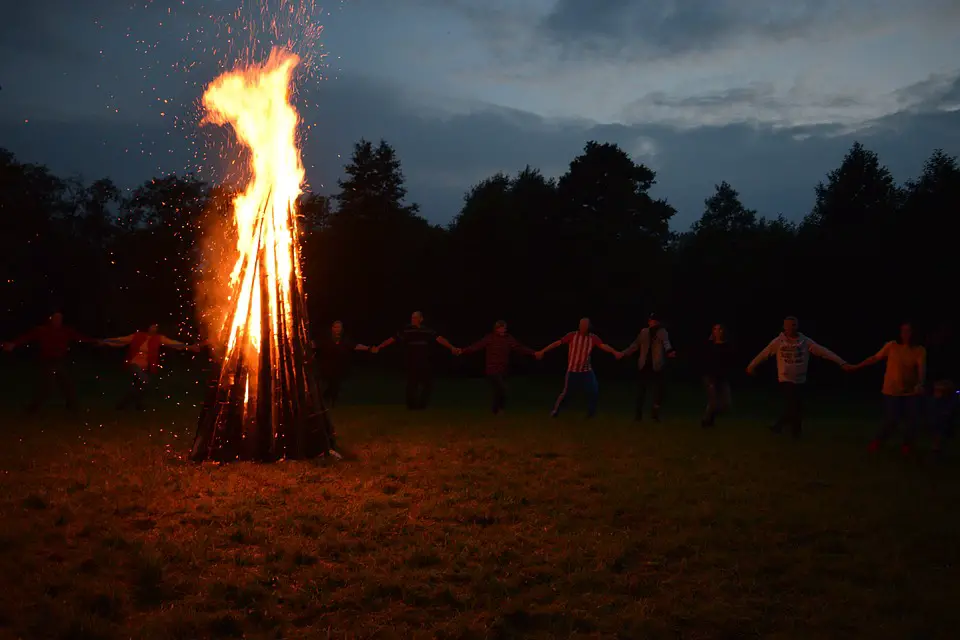Table of Contents
Introduction
Tents have been an integral part of human civilization for centuries.
From ancient shelters to modern adventure, the history of tents is a fascinating journey that showcases the ingenuity and adaptability of humans.
Let us delve into the rich history and evolution of tents, exploring their significance and transformation over time.
Ancient Shelters – The Birth of Tents
Humanity’s need for portable shelter dates back to prehistoric times.
Ancient peoples crafted rudimentary shelters using branches, leaves, and animal skins.
These early constructs laid the foundation for what we now recognize as tents.
The simplest designs involved a framework of poles covered with animal hides or woven fibers to provide protection from the elements.
The Influence of Nomadic Cultures
Nomadic cultures played a vital role in the development and refinement of tent structures.
As they traversed vast distances, these cultures required lightweight, portable shelters that could be easily assembled and disassembled.
This led to the innovation of tent designs such as yurts, teepees, and bivouacs.
These tents were constructed using easily transportable materials like wood, animal hides, and fabric.
Tents in Warfare and Exploration
Tents became an integral part of military campaigns and exploratory missions throughout history.
Armies across different civilizations relied on tents as mobile barracks and command centers.
For example, the Roman army utilized large, rectangular tent structures called “papiliones.”
These tents provided shelter for soldiers and storage for supplies.
Similarly, famous explorers like Marco Polo and Christopher Columbus utilized tents during their expeditions to provide temporary shelter in unknown territories.
The Modern Tent Revolution
The industrial revolution marked a turning point for tent manufacturing.
Innovations in textile production and manufacturing processes allowed for the mass production of tents.
The introduction of lightweight, waterproof materials like nylon and polyester revolutionized the camping industry, making tents more accessible and comfortable for recreational use.
Modern tent designs focus on portability, durability, and ease of setup, catering to the needs of outdoor enthusiasts and adventure seekers.
The Future of Tents
As technology advances, so do the possibilities for tent designs.
Today, we witness the integration of smart features like built-in lighting, solar charging ports, and climate control systems in tents.
These innovative additions enhance the camping experience and provide users with a blend of comfort and convenience.
Furthermore, the advent of sustainable materials and eco-conscious manufacturing processes contributes to the development of environmentally friendly tents.
FAQs Section
1. What is the oldest known type of tent?
The oldest known type of tent is the skin tent.
These tents were made by stretching animal skins over a wooden or bone framework.
2. When were tents first used in military campaigns?
Tents were first extensively used in military campaigns during ancient times.
The Roman army, for instance, utilized tents as portable barracks and command centers.
3. How have modern tents transformed the camping experience?
Modern tents have revolutionized the camping experience by offering lightweight, portable, and easy-to-set-up options.
The introduction of advanced materials and technologies has enhanced comfort, durability, and weather resistance.
4. Are there any sustainable options for tents?
Yes, there are sustainable options for tents available.
Some manufacturers are utilizing recycled materials, organic fabrics, and eco-friendly production processes.
5. What are some future trends in tent design?
Future trends in tent design include the incorporation of smart features like automation, connectivity, and energy efficiency.
Additionally, there is a growing emphasis on developing biodegradable and recyclable materials for tents.




